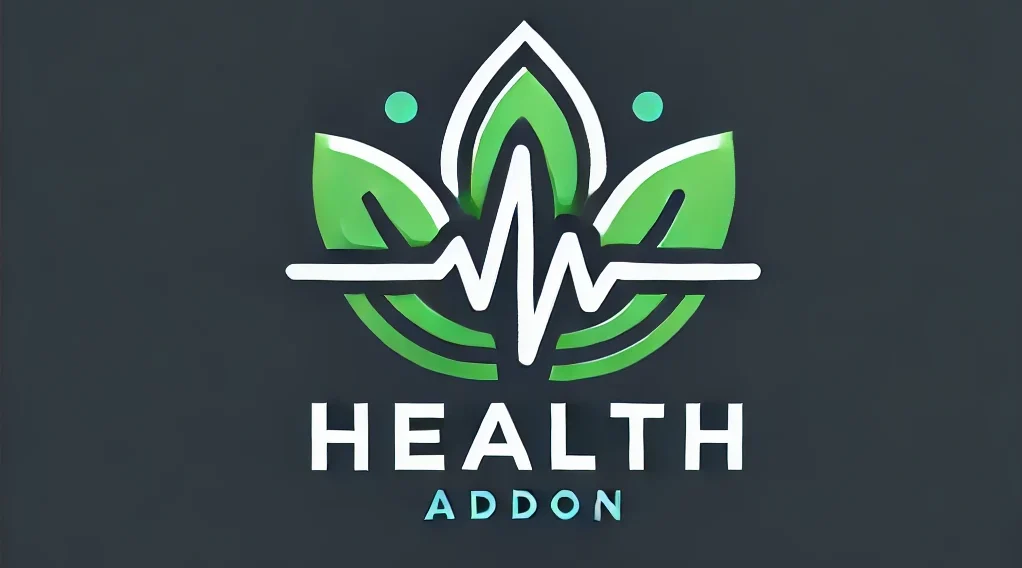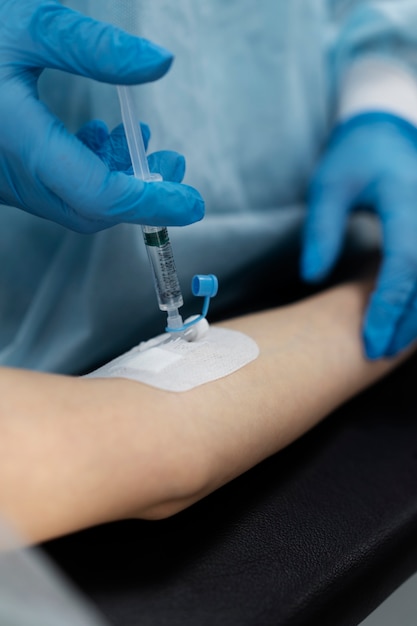Keeping veins healthy is crucial not only for aesthetics but also for overall vascular health. Regular exercise significantly enhances vein function and helps to prevent conditions such as varicose veins and spider veins, with their importance heightened as we age or face specific vein-related issues like prominent veins in arms and hands. Here, we outline the most effective exercises for supporting vein health and enhancing circulation.
The role of the venous system in our body is critical – transporting blood. The veins need to be robust for efficient operation. Exercises such as squats, lunges, calf raises, and incline walking stimulate leg veins and counteract the effects of gravity, which can hinder blood circulation. These activities encourage blood flow through the veins, decreasing the likelihood of blood accumulation and pressure at the base of the veins.
Exercise also aids weight management, reducing the strain on veins. Excess weight imposes additional work on the veins, potentially worsening conditions like varicose veins, causing discomfort and swelling.
Cardiovascular exercises are ideal for improving heart health and blood circulation. Activities like hiking, jogging, and brisk walking, especially in the fresh morning air, can fortify veins and increase blood flow. Walking, the simplest and most effective exercise, elevates circulation without excessively straining the veins.
Cycling, whether stationary or outdoor, is another excellent choice. Each pedal push promotes blood pumping back towards the heart, aiding circulation. Swimming is also highly encouraged, even for individuals with existing vein conditions, as the water alleviates leg pressure and aids better blood flow.
Incorporating strength training in your workout routine can greatly improve vein health. Exercises like squats and lunges target the leg muscles, stimulate blood flow and boost muscle mass. Ankle lifts are especially beneficial as they support venous blood drainage back towards the heart by reducing leg pressure.
Squats effectively operate the thigh and calf muscles, crucial for aiding vein function in the lower leg. Calf raises are simplistic yet potent: stand on the edge of a step, rise onto your toes, and lower back down. This exercise stimulates the calf muscle pump, essential for effective venous return.
Often overlooked, stretching exercises are enormously beneficial for veins. They reinforce and loosen muscles, allowing blood to flow freely and preventing blood stagnation. Yoga is perfect for this purpose due to its various postures that stretch tissues and promote deep, slow breathing. Positions like “Legs Up the Wall” can alleviate discomfort associated with inadequate blood circulation.
Pilates focuses on core exercises and includes activities that promote leg muscle flexibility and tone. This helps prevent blood from accumulating in the lower extremities and enhances circulation, leading to healthier veins.
Incorporating a blend of cardio exercises, strength training, and flexibility routines can optimize vascular function and mitigate vein-related issues. If existing swollen veins are a concern, consult specialists for advice on suitable exercises. Starting an exercise routine is simple, and your veins will be grateful. Proper vein management not only contributes to overall health but also improves appearance and can prevent future issues related to prolonged standing.

